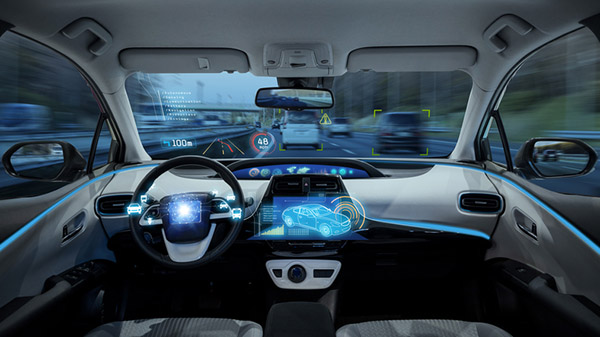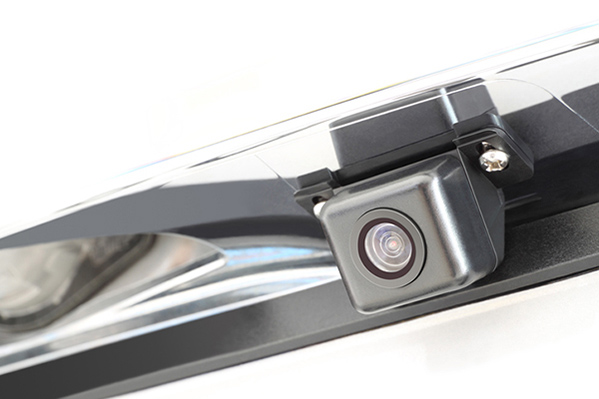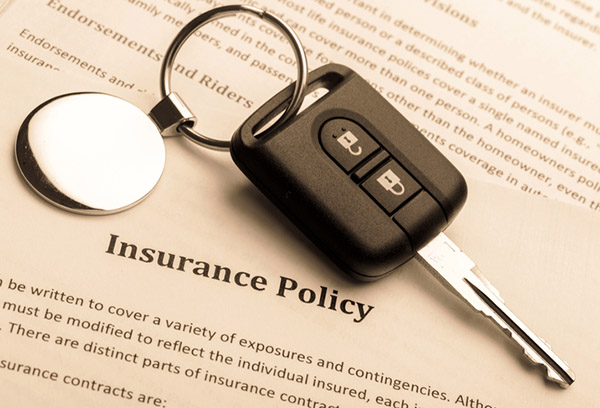Students in Auto Repair Programs Should Know New Safety Devices May Drive Up Repair Costs

As we move closer to truly autonomous vehicles, the amount of safety and assistance devices within our cars has increased. Many vehicles that have been on Canadian roads for years include what is known as Level 2 autonomous equipment. This equipment, while not completely autonomous, offers helpful warnings and automated features that have been assisting drivers brake faster and avoid drifting out of position for some time. However, as this tech increases, both auto mechanics and owners alike are finding these new gadgets may be driving up repair costs.
Here’s a closer look at what this could mean for aspiring auto mechanics.
Grads of Auto Repair Programs Seeing Wide Range of Features Nowadays
The range of gadgets that drivers can now rely on for ‘assisted driving’ is diverse and expanding. These include the likes of collision avoidance systems, lane support systems, blind spot monitors, proximity chimes, and parking assist alerts.

This kind of equipment has evolved from the landmark development of assisted braking systems (ABS), through to rear-facing cameras and more cutting-edge positioning and crash avoidance devices. Given that many of these devices involve direct interaction with the external environment, pros with a car repair career commonly find these gadgets have been first in line for damage when a crash does occur. As a result, when a repair needs to be done, these devices are often among those in need of fixing.
Beginning a Car Repair Career in 2018 Means More Recalibration
A factor that can’t be overlooked is that even in a relatively minor accident, the calibration of these devices can be knocked off. This means that even the softest bump from a rear-end collision can result in a cracked or misaligned camera, requiring a professional to replace and/or reset it as part of any centralized assistance system.
Original Equipment Manufacturers (OEMs) such as Honda have issued recommendations that driver assistance systems should be fully reset in situations where there is “any structural damage anywhere on the vehicle” to ensure that all devices are working optimally. Beyond time needed for an automotive professional to carry out resetting, auto shops may need to pay out for special recalibration tools in order to ensure the work is being done correctly—often working with proprietary systems. As a result, grads of auto repair programs could find that the repairs they complete after graduation could cost quite a bit.
Potential Knock-On Effect on Insurance Figures
Last year, a major insurance report indicated that the average gross initial appraisal value for Canadian car crashes had increased by an average of $190 from 2016 figures. This occurred in a sales environment where new cars are flying off Canadian lots, with more and more advanced vehicles on the road. What some might find surprising is that during this time, more rear-end collisions had occurred, and not less.

Some observers have suggested that the safety benefits of accident avoidance technology has been cancelled out by increased distraction within the vehicle due to in-car entertainment. While time will tell how these new changes play out, for the moment it seems as if both the number of repairs and the cost of those repairs is going up with no sign of slowing down.
Are you interested in building a career in Canada’s evolving auto sector?
Contact Automotive Training Centres today to learn about the benefits of starting an auto mechanic apprenticeship in Cambridge.

